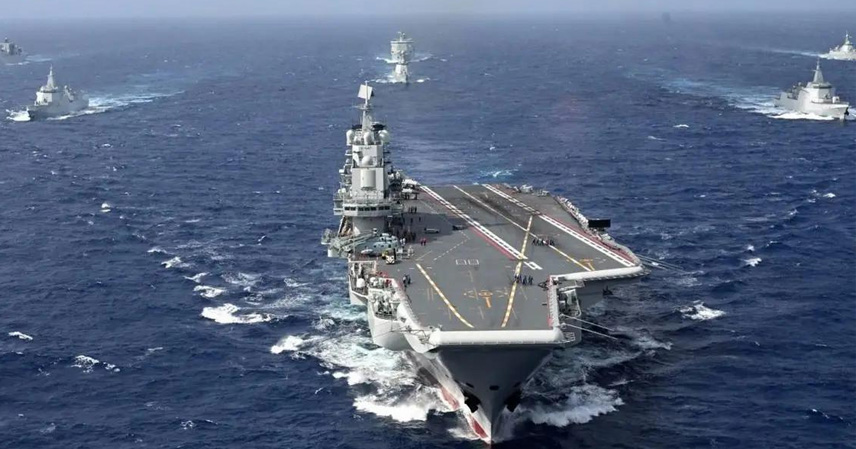China’s Fujian aircraft carrier has left the Yangtze River estuary for the ninth—and final—trial voyage before official commissioning. After departing Shanghai, it steamed south at full speed. When crossing the Taiwan Strait, two escort vessels formed a combat-ready formation, guarding the Fujian into the South China Sea.
This move, which began on September 10, has drawn global attention. Unlike earlier trial runs in the Bohai Sea, this time the carrier headed south directly under heavy tugboat escort.
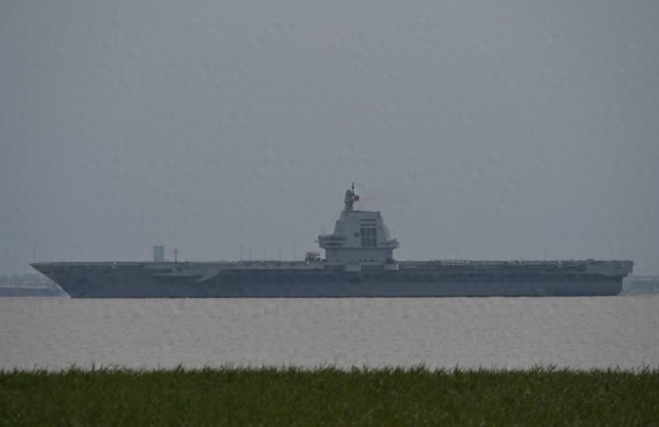
Signals of Transition
In its previous eight sea trials, Fujian always displayed two signal flags:
- RU1, indicating “under trial.”
- 18Y, representing the “18th ship raising anchor.”
But this time, observers noticed something different: only the 18Y flag was flying, while the RU1 trial flag was gone. This small but symbolic change suggests the carrier has completed its testing phase and is on the verge of formal delivery to the People’s Liberation Army Navy (PLAN).
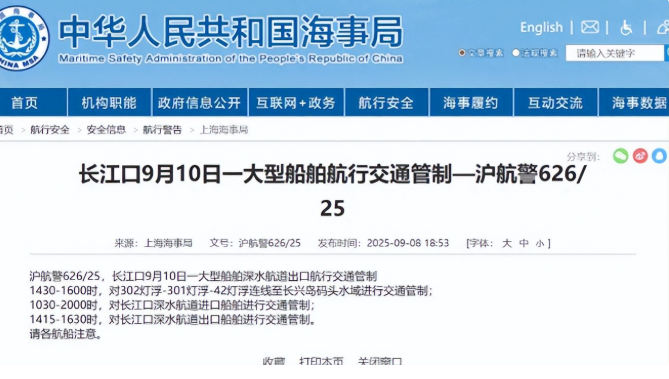
A Bold Route Through a Hotspot
Earlier tests took place in the Bohai Sea—a relatively secure inland area free from U.S. surveillance aircraft. This time, however, Fujian sailed straight south past Zhejiang waters, adjacent to Taiwan and the Ryukyu Islands, an area frequently monitored by U.S. reconnaissance aircraft.
Choosing this high-risk route signals a shift from secretive testing to open strategic demonstration. The Fujian has, quite literally, drawn a line in the water—stepping from the shadows into the global spotlight.
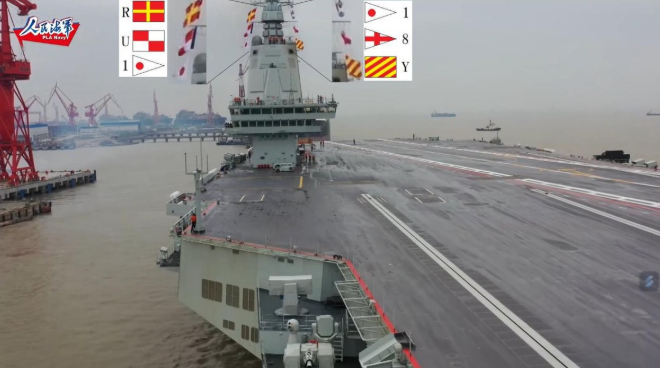
Why the South China Sea?
Military analysts widely expect the Fujian’s home port to be Sanya Naval Base in Hainan. The reasoning is clear:
- Strategic pressure: The South China Sea is the most contested maritime zone for China, with constant U.S. carrier strike group patrols and provocations from regional powers like the Philippines, backed by Washington.
- Geography: Unlike the East China Sea, which lacks deep-water harbors for supercarriers, or the North where Liaoning already operates, the South China Sea offers vast waters—3.56 million square kilometers—larger than the Mediterranean, ideal for carrier battle group operations.
- Infrastructure: Sanya’s naval base can simultaneously berth two carriers with unmatched logistical capacity.
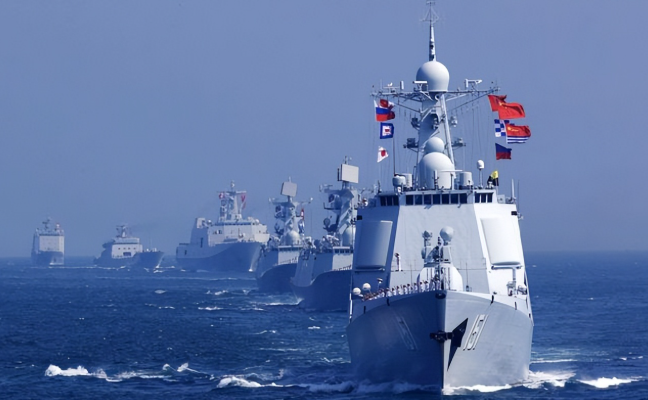
Game-Changing Capabilities
The Fujian is equipped with electromagnetic catapults, boosting the sortie rate of carrier-based aircraft. Its integrated information and combat systems make it the centerpiece for high-intensity naval warfare.
With its arrival in the South, Fujian will join Shandong, creating China’s first dual-carrier deployment. This ensures one carrier is always combat-ready, closing gaps created by maintenance cycles.
More importantly, a dual-carrier strike group enables complex joint operations, multiplying China’s naval combat capability and reshaping the South China Sea’s strategic balance.
Conclusion
The Fujian’s southward voyage is more than just a naval transfer—it is a statement of strength.
As it nears full commissioning, Fujian’s presence will transform the South China Sea into a stage for China’s expanding maritime strategy. Together with the Shandong, it will provide continuous carrier coverage, enhanced deterrence, and a clear message to rivals: the era of a single-carrier China Navy is over.
References
- Chinese Navy Spokesperson Senior Captain Leng Guowei, Sept 2025
- Shanghai Maritime Safety Administration navigation notices, Sept 8–10, 2025
- Open-source satellite imagery and Chinese military commentary

